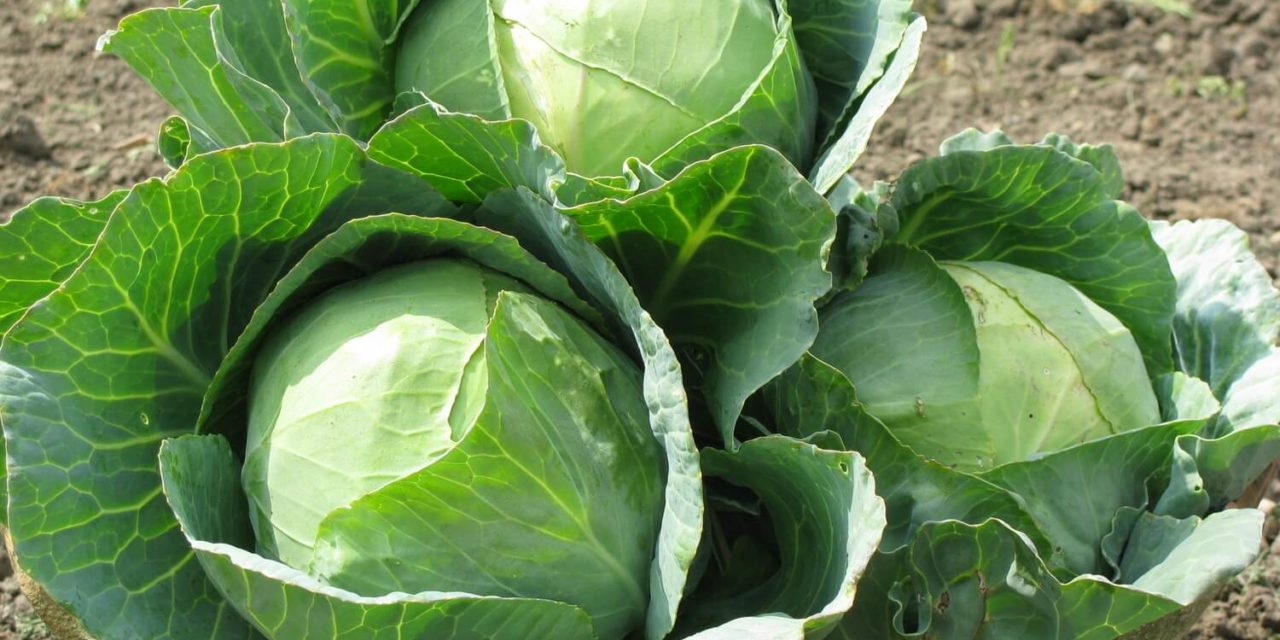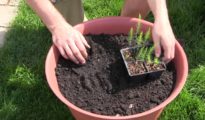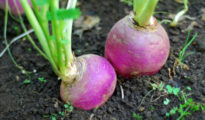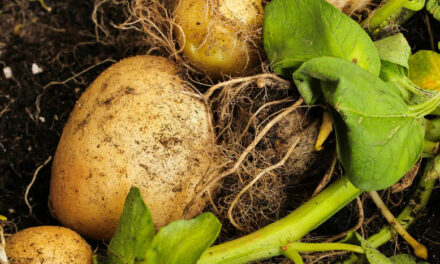Cabbage is an amazing vegetable to grow in your garden because it's packed full of vitamins and has so many culinary uses! Unfortunately though, cabbage only likes cold weather climates and can also attract critters. Today we'll show you how to grow cabbage from seeds successful as well as how to keep those cabbage loving critters away.
Cabbage belongs to the cole crop family, and there are over 400 different cabbage varieties you can grow. In this cole crop family, there is also Brussels sprouts, broccoli, kale, collards, cauliflower, and kohlrabi. With this guide, you'll be able to successfully grow and care for a variety of cabbage plants such as red cabbage, green cabbage, and savoy cabbage.
How to Grow Cabbage
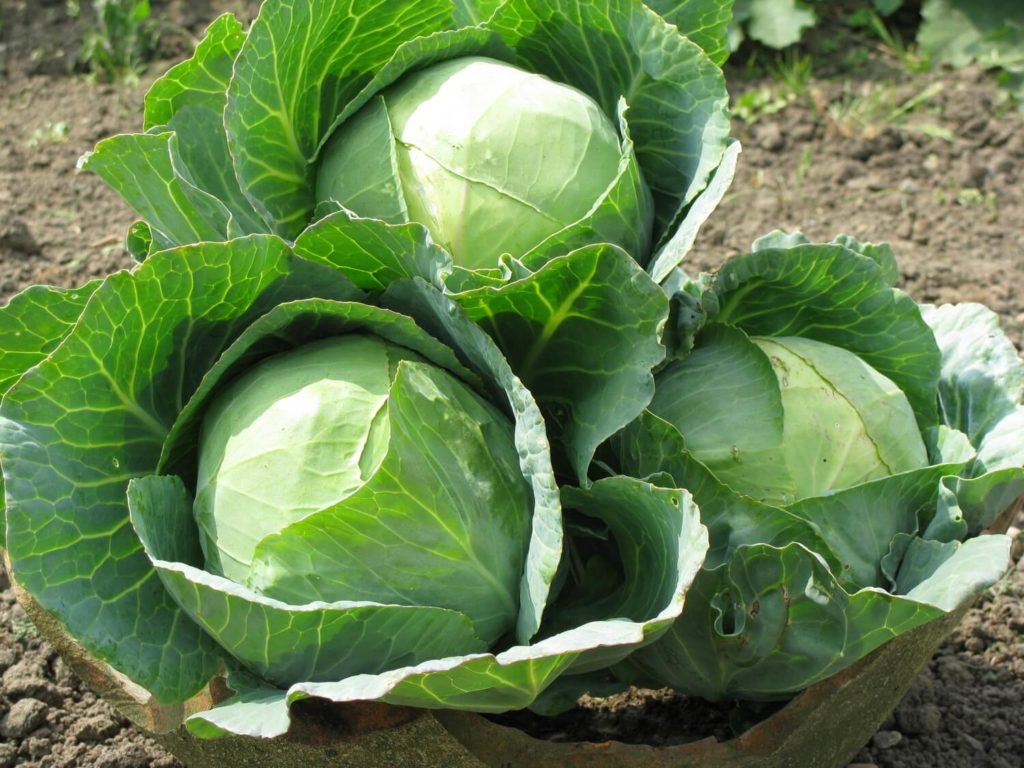
If planted correctly and in the right climate, it is possible to have two cabbage harvests a year: one in the spring and one in the fall.
Planting Cabbage:
- Start your cabbage seeds indoors about 6-8 weeks before the last frost date in spring.
- Prepare the soil by tiling in aged manure or compost.
- Begin to transplant outdoors 2-3 weeks before the last expected frost. When planting, choose a day that's cloudy rather than sunny.
- Plant your cabbage 12-24 inches apart in rows. The closer you plant, the smaller the cabbage heads.
- Plant cabbage seeds about 2 inches deep in well drained, fertile soil with a soil pH of 6.5 to 6.8.
- Mulch thickly around each cabbage plant to retain moisture and regulate soil temperature.
- If temperatures are still a little low, place black plastic over the plants and push the plants through. This will keep the soil warm and also protect the plants from any frost.
- To avoid soil borne diseases, practice crop rotation year to year.
- Cabbage plants are heavy feeders, so avoid planting them next to other plants or vegetables as they will try to compete with one another. This will result in less healthy, smaller crops.
- You CAN plant cabbage next to cucumbers and beans though!
Care for Cabbage Plants:
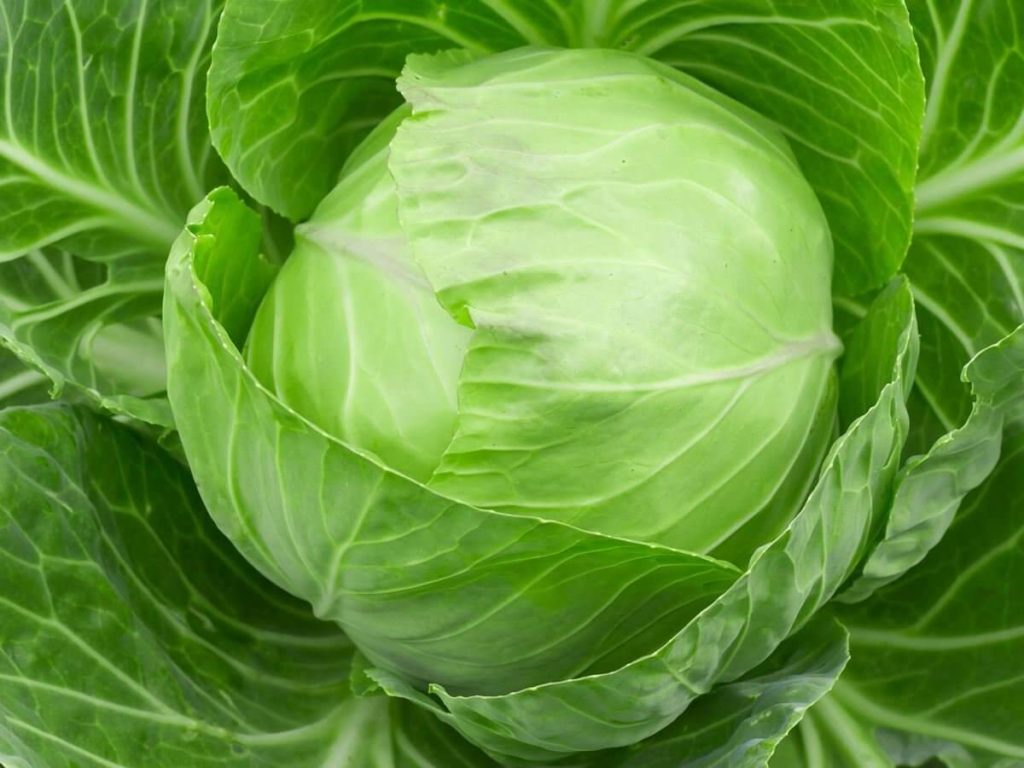
- Once transplants reach about 5 inches tall, thin them to make sure that they are still the desired length apart.
- Fertilize 3 weeks after transplanting.
- Use an all purpose plant food, such as Miracle Grow and follow the directions on the package.
- Keep the soil moist with mulch and water 2 inches per week.
- Water your cabbage plants once a week, giving them about 1.5 to 2 inches of water.
Pests & Diseases:
- You can scatter elder leaves around your cabbage plants to keep pests and critters away, such as flea beetles which cabbage is susceptible to.
- Keep the area clean and clear of weeds. Cabbage is susceptible to cabbage loopers, cabbageworms, slugs, aphids, and cabbage root maggots.
- In terms of cabbage diseases, there is black rot, black leg, and clubroot. To avoid diseases, avoid planting cole crops in the same place every year. Rotate with a crop that's from a different plant family for about 2 years before going back to the same spot.
Harvesting Cabbage:
- Harvest your cabbage once the heads reach the desired size and are firm.
- Your cabbage should be ready to harvest after about 70 days of planting.
- But, just because a cabbage looks ready to harvest, does not mean it is. Usually, cabbage plants are ready to be harvested once the head is firm. You can check this simply by gently squeezing the head.
- Cut the cabbage heads at the base using a sharp knife.
- To get another crop of cabbage from the same plant, cut the cabbage head out of the plant, leaving the outer leaves and root intact in the soil.
- The cabbage plant will grow a new head.
- After all harvest is done, remove entire cabbage head and root system to prevent soil disease.
- Depending on the cabbage variety you're growing, some cabbage heads will keep well in the ground for several weeks, while others needs to be harvested immediately.
- If you see a cracked cabbage head, harvest immediately.
How to Transplant Cabbage Plants:
- Transplanting cabbage plants is actually pretty easy! Place plants so that 1-2 inches of the main stem is buried.
- Then, follow instructions according to package, which is usually 12-24 inches apart in rows.
- For best results though, space each cabbage plant as far as possible. Some varieties are smaller, and don't need that much space, but if you're unsure, it's always best go with a 24 inch spacing.

